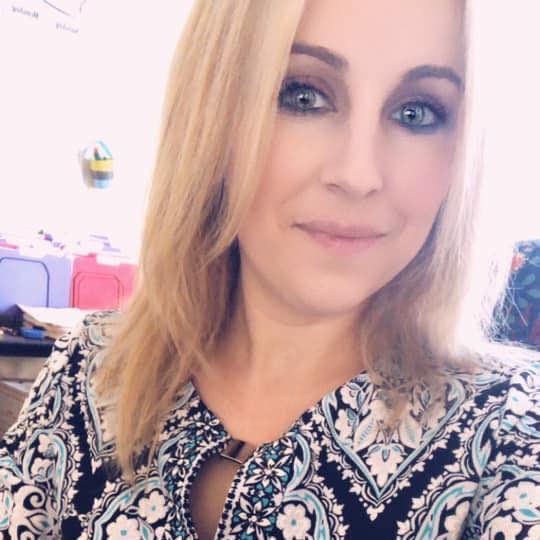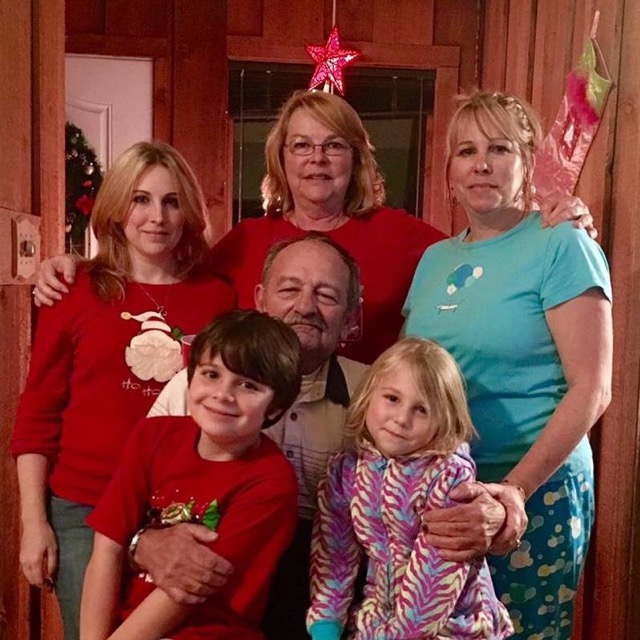
Marisa Stidam is a paralegal with The Sketchley Law Firm, P.A. and former certified nursing assistant
“It takes a village” is an African proverb meaning it takes a village to allow a child to grow in a safe, healthy environment. That same proverb applies to providing our elders with a safe, healthy environment, even aging in place. According to the National Institutes of Health (NIH), nearly 10% of the US population over age 20 is caring for an aging or disabled loved one.
My aunt is one of those caregivers. She is the primary caregiver for my grandmother. The rest of our family lives at least a couple of hours away. Despite the distance and with the help of technology, we’re working to create the village to help keep my grandmother healthy and safe.
I have a young grandmother. She is only 67 years old. One could say, we grew up together. For as long as I can remember, my grandmother was always with us. She hit all the theme parks with us. She bailed us out of school to go to Disney. She was always on the go and always keeping up with us.
One day, we were told she had lung cancer. I was too young to really remember the severity of it. My grandfather was there to help her through it. She had one third of her lung removed, but still managed to “get back on the horse”. In what seemed like no time at all, we were back to thrill rides and she went back work. She took care of my grandfather who began his years’ long battle with cancer.
My grandmother finally retired so she could spend her days with my grandfather, but he passed away before she could settle into retirement. So, she traveled—filling her days with excitement and exploring unfamiliar places.
Then she got sick, but didn’t realize just how sick. She went for her regular PET scan that proved she was clear of cancer. She then went on her scheduled vacation to visit a few frail, elderly family members several states away–without a second thought. But the simple annoying illness she thought would run its course required an emergency room visit in a strange, distant town.
From the emergency room, she was admitted to the hospital in an unfamiliar town, several states away from her regular doctors, her daughters, and her grandchildren. A whirlwind of medical crises trapped her in another state and resulted her being admitted to a skilled nursing facility for intensive rehabilitation with nothing but a small suitcase, packed for a short trip.
It was then that we all realized it was going to take a village to make sure my grandmother had all she needed and get her back home as quickly as possible. My grandmother needed clothes. She needed to communicate with her physicians more than a thousand miles away. And, we need to arrange home health and durable medical equipment to be available in her home when she returned.
From nearly a thousand miles away, I took care of clothing. Using an online shopping, I ordered my grandmother the items she needed. Using the store’s smart phone app I made them available for same day pick up at a local store near her relatives. Her relatives picked the clothing up a few hours later at the store and took them to my grandmother in the nursing facility.
As my grandmother’s discharge approached, my aunt, a former certified nursing assistant (CAN), flew to the facility where my grandmother was receiving rehab. The facility trained her how to take care of my grandmother. The medical staff provided my aunt and mother a list of durable medical equipment and assistive devices my grandmother would need when she went home.
My aunt sent the list of items my grandmother would need to family via email. My list included a gait belt and a car assist handle to allow my grandmother to get in and out of a car. I was able to order all of them online and have them delivered to my grandmother’s house via US mail, relieving my aunt of the burden of shopping.
Five and a half months after her emergency room visit, my grandmother came home. She left for vacation an able-bodied adult, completely self-sufficient and returned in a wheelchair. Neither my grandmother nor my family were prepared for these new challenges.
My aunt is the primary caregiver, but she too has a few ailments from her days as a CNA. Being a caregiver is hard work. And, if you are the only one providing hands-on care, it is physically and mentally exhausting. My mother lives a few hours away from my grandmother, as do my siblings and I.
Two days after my grandmother arrived home, my husband and I scheduled a trip to my grandmother’s house. I asked my aunt and my grandmother to prepare a list of things that weren’t working for them or errands they needed done. One unforeseen difficulty was getting the wheelchair in and out of the house. They asked my husband to build a ramp.
Building a wheelchair ramp is expensive and time consuming, but an online search showed a variety of portable ramp options. Neither Medicare nor my grandmother’s Medicare supplemental policy would pay for a temporary or permanent ramp. We searched local durable medical equipment stores for a portable ramp that my grandmother could afford since the cost is not covered by insurance. We found none so we turned to Amazon and found an affordable aluminum ramp that was delivered two days later.
As my husband and I driving the nearly 300 miles home, I got a call from my aunt who looking for a bed assist rail. While my husband drove, I used my smart phone to order the bed assist rail and arrange to have it delivered to my grandmother’s house the following day.
Every week, my family checks in with my grandmother or my aunt to see if anyone needs help. Sometimes my aunt just needs to vent or brainstorm. Sometimes, she needs things sent to the house. Other times, she just needs a break and someone in the family tries to schedule some time to go relieve her.
One person cannot be the sole caregiver for a frail, elderly loved one. Caregivers need physical and mental breaks from caregiving. This help must come from their village. With today’s technology, no matter how far you may be from your loved one, you can still be an integral part of that village. It takes some planning, but it is possible to build a village to keep your elderly loved one healthy and safe.


